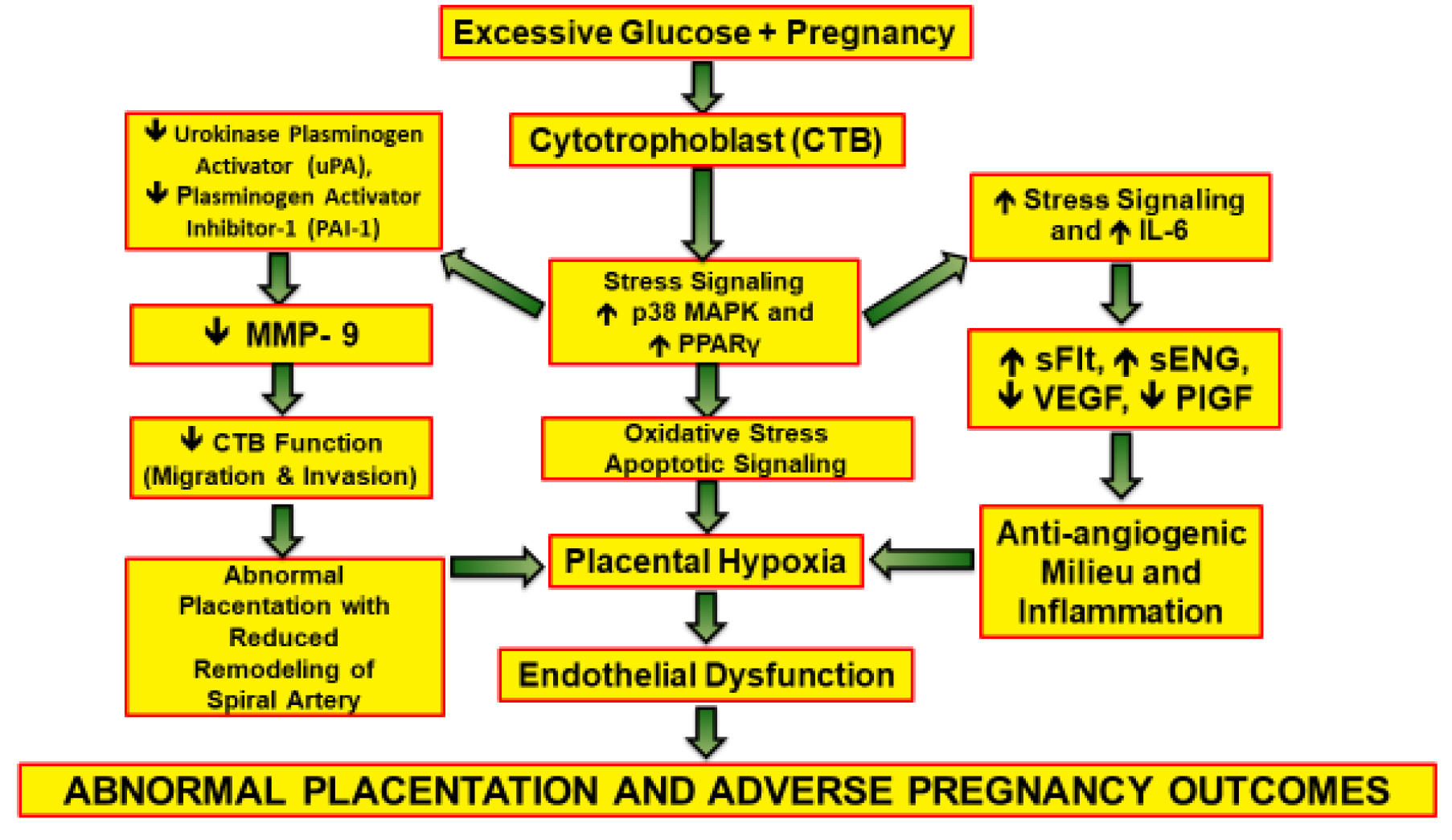Sat, Dec 13, 2025
[Archive]
Volume 23, Issue 2 (February 2025)
IJRM 2025, 23(2): 131-140 |
Back to browse issues page
Download citation:
BibTeX | RIS | EndNote | Medlars | ProCite | Reference Manager | RefWorks
Send citation to:



BibTeX | RIS | EndNote | Medlars | ProCite | Reference Manager | RefWorks
Send citation to:
Mohamed S, Kundysek W, Vora N, Govande V, Bajwa R, Nasir Uddin M. Diabetic pregnancy: A literature review of maternal and neonatal adverse outcomes. IJRM 2025; 23 (2) :131-140
URL: http://ijrm.ir/article-1-3368-en.html
URL: http://ijrm.ir/article-1-3368-en.html
Sara Mohamed1 

 , Waverly Kundysek2
, Waverly Kundysek2 

 , Niraj Vora1
, Niraj Vora1 

 , Vinayak Govande1
, Vinayak Govande1 

 , Raza Bajwa1
, Raza Bajwa1 

 , Mohammad Nasir Uddin *3
, Mohammad Nasir Uddin *3 




 , Waverly Kundysek2
, Waverly Kundysek2 

 , Niraj Vora1
, Niraj Vora1 

 , Vinayak Govande1
, Vinayak Govande1 

 , Raza Bajwa1
, Raza Bajwa1 

 , Mohammad Nasir Uddin *3
, Mohammad Nasir Uddin *3 


1- Department of Neonatology, Baylor Scott & White Health, Temple, Texas, USA.
2- Texas A&M University School of Medicine, College Station, Texas, USA.
3- Department of Neonatology, Baylor Scott & White Health, Temple, Texas, USA. & Texas A&M University School of Medicine, College Station, Texas, USA. ,mohammad.uddin1@bswhealth.org
2- Texas A&M University School of Medicine, College Station, Texas, USA.
3- Department of Neonatology, Baylor Scott & White Health, Temple, Texas, USA. & Texas A&M University School of Medicine, College Station, Texas, USA. ,
Abstract: (878 Views)
Of all pregnant women in the United States an average of 1.5% reported to have type 1 or type 2 diabetes mellitus. Our review article will discuss and explore the relationship between pre-pregnancy diabetes and its adverse outcomes in mothers and neonates. Diabetes in pregnancy can cause a myriad of complications, many of which are related to microvascular changes, including diabetic nephropathy and retinopathy associated with preterm delivery, cesarean sections, and intrauterine growth restriction. Pregnant patients with diabetes also have an increased risk of pre-eclampsia, likely due to complications related to abnormal structure and function of the placenta. In addition, cardiovascular complications are more common and may present antepartum, intrapartum, or postpartum. Adverse neonatal outcomes that have been observed in diabetic pregnancies include fetal stillbirth and perinatal death, macrosomia, congenital malformations, respiratory distress, and neurological impairments. These complications explain the increased morbidity and mortality rate of infants of diabetic mothers, and the increased frequency of neonatal intensive care unit hospitalizations after birth. Diabetes in pregnancy causes a spectrum of changes in the maternal-fetal interface. This review addresses the placental changes during pregnancy and its adverse maternal and neonatal outcomes. We strongly believe the material discussed in this article can help in understanding the effects of diabetes during pregnancy which will ultimately aid in designing interventions to prevent these adverse outcomes.
Type of Study: Review Article |
Subject:
Pregnancy Health
Send email to the article author
| Rights and permissions | |
 |
This work is licensed under a Creative Commons Attribution-NonCommercial 4.0 International License. |





